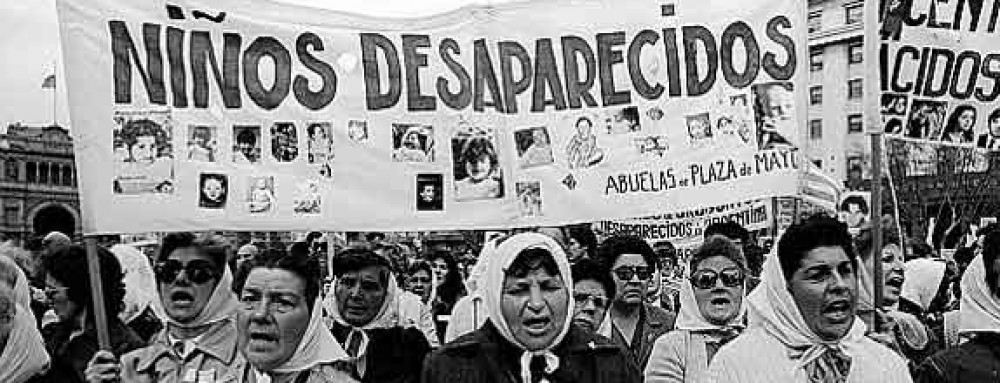Walking through the city with a few others as we returned from the artist market, we caught sight of this graffiti featuring “Nunca Mas” and the instantly recognizable headscarf of the Madres of the Plaza de Mayo. We had nearly missed it among the other graffiti covering the walls. I found I have learned a lot about the political climate in Còrdoba and the larger country from looking at the messages left as graffiti around the city, plus it has helped me with reading in Spanish. Seeing this and several similar works while out last night made it clear that the terrors of the dictatorship are still on people’s minds, and it has been woven into the fabric of the city. Graffiti is a valuable way of seeing what is on people’s minds in any given place, and is a good art form for processing experiences and advocating for change. It is seen as disruptive when in many cases, that is the point. It is a creative way for anyone to make themselves heard. In “Sources and Expression of Resilience in Trauma Survivors,” Harvey and Tummala-Narra state that resilience and self-healing, while important, is only part of the story for survivors. They are also fighting for justice and change, so what happened to them will not happen again. The phrase Nunca Mas (“never again”), popularized by the 1984 report, and the fight of the Madres encapsulate the importance of not just resilience but justice perfectly.


Hi Mia,
This is such a great observation! I have observed that by popularizing “nunca más” through graffiti, Argentines found a way to reclaim their public spaces and use art as a medium for social and political commentary. The phrase is almost a rallying cry, encapsulating the nation’s collective pain and a resolute determination to ensure justice, truth, and accountability. It is powerful to see this phrase all over the city.